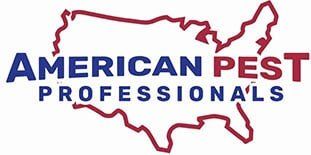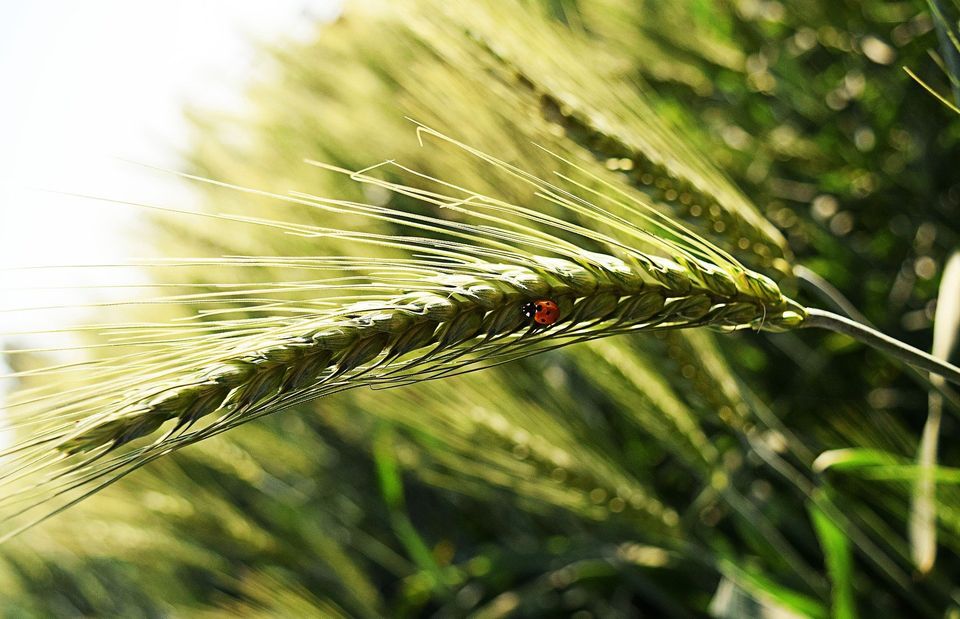Integrated Pest Management Techniques for Agricultural Pests
While controversy over pesticide usage has become mainstream, agricultural professionals like farmers, fishermen, and ranchers have been utilizing integrated pest management (IPM) techniques for ages. For instance, crop rotation disrupts the life cycle of many pests, making it an exceptionally natural deterrent for agricultural pests.
By practicing IPM principles like using the least toxic methods first, farm pest control is simplified (and spared undue public outrage).
Applying IPM Principles to Agricultural Pests
The basics of integrated pest management are the same on large-scale farms as they are in the home. By following these basic principles, any agricultural professional can control pests while lessening their carbon footprint.
According to the National Pesticide Information Center, integrated pest management combines scientific principles and common sense to think about pest management in a way that values:
- Using knowledge about the pest’s habits, life cycle, needs and dislikes
- Using the least toxic methods first, up to and including pesticides
- Monitoring the pest’s activity and adjusting methods over time
- Tolerating harmless pests
- Setting an economic threshold to decide when it's time to act
Determine Which Pests Need Controlled
One of the simplest ways to adopt IPM techniques is to determine if promoting beneficial insects may help prevent or control pests on your crop. The Canada Ministry of Agriculture Food and Rural Affairs maintains a thorough
list of “beneficials” that may attract natural enemies to a specific crop.
Similarly, you can determine which pests you absolutely do NOT want near your crops using
The University of California’s comprehensive list of various crops and agricultural pests that may harm them.
Get Involved in Agricultural Pest Control
While a farm already presents a larger-scale use of IPM practices, such methods can be implemented to an even greater extent, spanning so far as nationwide.
For example, quarantines and import inspections help to exclude pests from specific counties, states or entire regions. Open communication helps players at all levels of agricultural IPM monitor the activity of important pests. Get involved with
groups and associations relevant to your area!
As long as you employ the five principles of IPM listed above, you’re well on your way to a safe, pest-free farm. A little advanced planning (knowing your threshold) and an increased tolerance for harmless pests will go a long way in helping you adopt said practices!
What other IPM practices do you use to control agricultural pests? Share in the comments!











